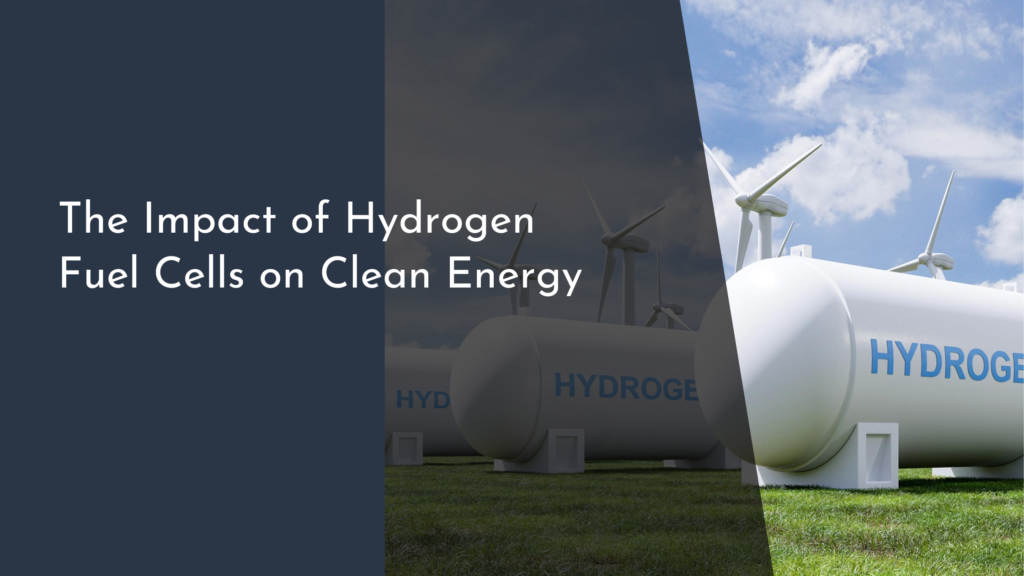Building an Aquaponics System in a Permaculture Context
In an era where sustainable practices are increasingly vital, integrating aquaponics into your permaculture garden can be a joyful and rewarding endeavor. Aquaponics is a harmonious blend of aquaculture (raising fish) and hydroponics (growing plants in water), creating a self-sustaining ecosystem that thrives on natural processes. By embracing this method, you not only contribute to the health of your environment but also enjoy the fruits (and fish) of your labor, all while minimizing waste and maximizing efficiency. This article will guide you through building your very own aquaponics system within a permaculture context, from understanding its key components to a step-by-step setup and ongoing maintenance tips.
Discover the Joy of Aquaponics in Your Permaculture Garden
Aquaponics offers a unique opportunity to cultivate a symbiotic relationship between plants and fish, creating a balanced ecosystem right in your backyard. This method allows you to grow a wide variety of vegetables, herbs, and fruits while raising fish, all without the need for chemical fertilizers or pesticides. The fish provide nutrients through their waste, which naturally fertilizes the plants, while the plants help filter the water, creating a clean environment for the fish. This interconnectedness mirrors the core principles of permaculture, emphasizing diversity, sustainability, and regeneration.
Incorporating aquaponics into your permaculture garden not only enhances biodiversity but also provides a hands-on learning experience for you and your family. Imagine the delight of harvesting fresh basil for your pasta or crisp lettuce for your salad, all while knowing that your fish are thriving in their aquatic home. This system fosters a deeper connection to the food we consume and encourages mindful consumption, making it an ideal addition to any permaculture design.
Essential Components for Your Thriving Aquaponics System
To set up a successful aquaponics system, you’ll need several key components that work together to create a balanced ecosystem. First, you’ll require a fish tank to house your aquatic friends. The size of the tank can vary based on the scale of your system and the type of fish you plan to raise, whether it’s tilapia, goldfish, or catfish. It’s crucial to ensure that the tank is equipped with a pump for water circulation and an aeration system to keep the fish healthy and happy.
Next, you’ll need a grow bed, typically filled with a growing medium like gravel or clay pebbles. This is where your plants will take root, drawing nutrients from the water as it passes through. Additionally, a filtration system is essential to help remove solid waste from the water before it is recirculated back to the fish tank. Lastly, consider incorporating a plumbing system that efficiently connects your fish tank and grow bed, ensuring a seamless flow of water and nutrients throughout your system.
Step-by-Step Guide to Setting Up Your Aquaponics Setup
Setting up your aquaponics system may seem daunting, but it can be broken down into manageable steps. Start by selecting an appropriate location in your garden that receives plenty of sunlight, ideally at least six hours a day. Begin with the fish tank; ensure it’s level and securely placed. Set up your pump and aeration system according to the manufacturer’s instructions to ensure optimal water flow and oxygenation for your fish.
Once your fish tank is ready, install the grow bed above it, ensuring it’s positioned to allow gravity flow back into the tank. Fill the grow bed with your chosen growing medium and plant your seeds or seedlings. After everything is in place, introduce water into your system, followed by the fish once the water parameters are stable. It’s essential to monitor the system closely during the initial weeks to ensure that the nitrogen cycle establishes itself, allowing beneficial bacteria to flourish and maintain a healthy balance.
Enjoy Sustainable Harvests: Tips for Maintenance and Growth
Maintaining your aquaponics system is crucial for achieving sustainable harvests and ensuring the health of both your plants and fish. Regular checks of water quality parameters—such as pH, ammonia, nitrite, and nitrate levels—are essential for identifying any imbalances that could affect your ecosystem. Conduct partial water changes as necessary and keep an eye on the health of your fish and plants to catch any issues early.
To optimize growth, consider incorporating companion planting in your grow bed. Pairing plants that benefit each other can enhance your harvest, as certain plants may deter pests or attract beneficial insects. Additionally, harvesting selectively encourages continuous growth, ensuring a bountiful supply of fresh produce throughout the year. With a little care and attention, your aquaponics system will flourish, providing you with delicious, homegrown food while promoting a sustainable lifestyle.
Building an aquaponics system in your permaculture garden is not just about creating a food source; it’s about cultivating a vibrant ecosystem that benefits you, the environment, and future generations. As you embark on this cheerful journey, remember that patience and observation are key components of success. With time, you’ll witness the magic of this self-sustaining system come to life, providing nourishing food and a deeper connection to nature. So roll up your sleeves, dive in, and enjoy the wonders of aquaponics in your very own garden!

